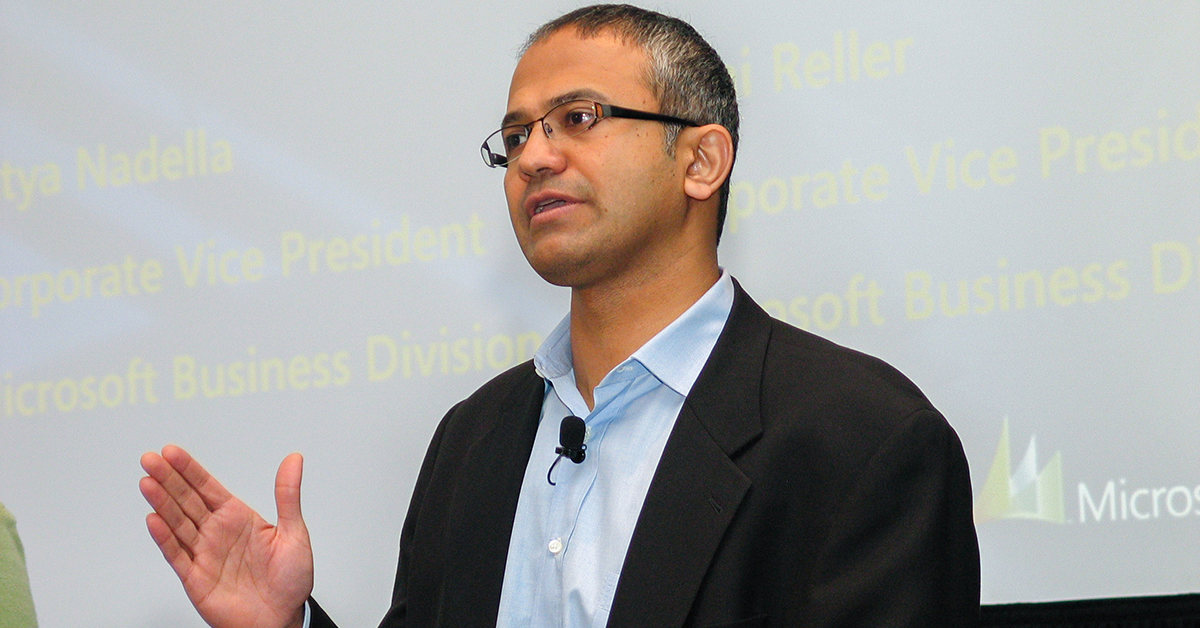The acquisition also lets Microsoft get its foot into the metaverse’s door.

Has Microsoft spent too much for its planned acquisition of video game maker Activision Blizzard? It is the impression of many since Microsoft’s announced the $70 billion deal in mid-January. Before this, Microsoft’s biggest buy was its $26 billion purchase of LinkedIn in 2016.
It’s certainly a lot.
This time, the Redmond, Washington–based software giant nearly tripled what it had paid for its previous largest purchase, intending to show Sony, Nintendo, Tencent and other video-game producers that if they want to stay among the happy few players in the industry, they had better pay up or leave the table.
However, Microsoft likely will get Activision on the cheap. The very successful creator of marquee titles like Call of Duty, Candy Crush and World of Warcraft is embroiled in lawsuits alleging sexual harassment and gender-pay inequity that have diminished the company’s valuation.
Nevertheless, Microsoft as the soon-to-be owner will be able to change the rules of the game. Activision’s products have approximately 400 million monthly players to whom Microsoft could offer its video-game subscription services for $10 or $15 a month to access the most popular titles. Players could unplug from their consoles and stream their games the same way they watch their favorite movies and TV series.
Suddenly, the console business may prove less attractive to Microsoft’s competitors.
The acquisition also lets Microsoft CEO Satya Nadella get his foot into the metaverse’s door, a term he used several times during the deal’s announcement.
Microsoft, along with Apple, Google and Meta (nee Facebook), perceives the metaverse’s virtual world as the next electronic land rush. Although the business model remains in its nascent stages, companies and investors have great expectations for the metaverse. Emergen Research, for example, estimated that the market for video games, virtual-reality headsets and online services reached $49 billion in 2020, and expects a 40% annual growth rate moving forward.



